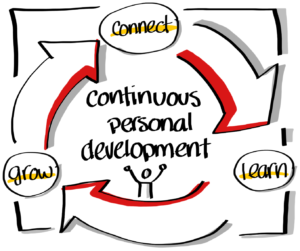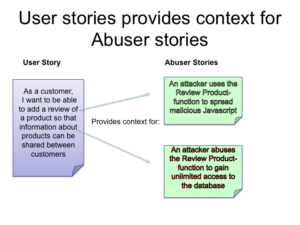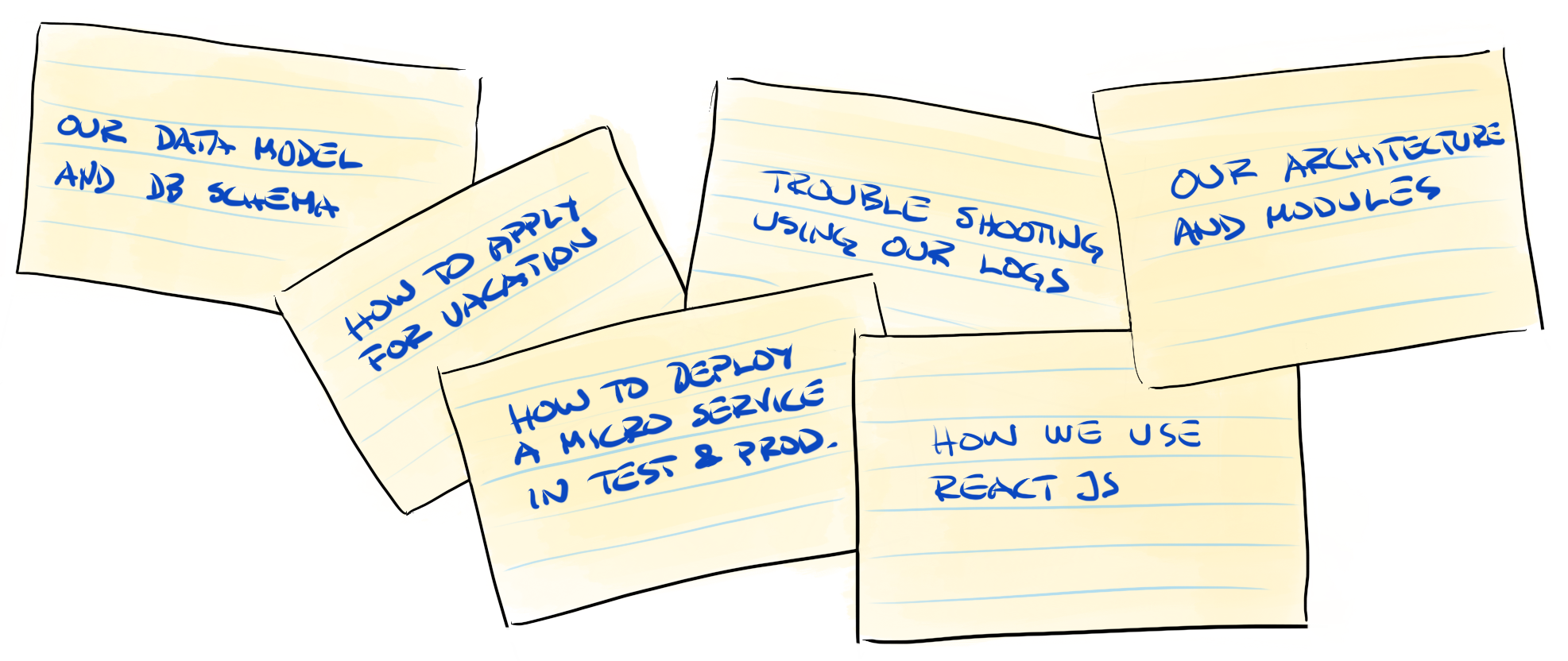How to prepare and align as a leadership team for a major change in your organization
You are a senior leader in your organization, and you are facing some challenges. You have had that slow hunch for some time now that there are plenty of things that are just not right. Things beyond just individual isolated problems. People in your organization often bring up small things that should be looked at because they seem to be connected to plenty of recurring friction points in several places that hold people back.
You have also come to realize that there are a few big things we have to change to really tap into our potential. If we don’t, our goals may never come within reach. Maybe even worse, we may risk losing ground.
You feel you share this view with some of your colleagues on your senior leadership team. But you are not certain to what extent they see what you see and how they would explain what needs to change.
You want to take the initiative, but you are not sure about how.
How do we know if we are ready to start a major change effort, and what do we need to do to get there if more work is needed?





























